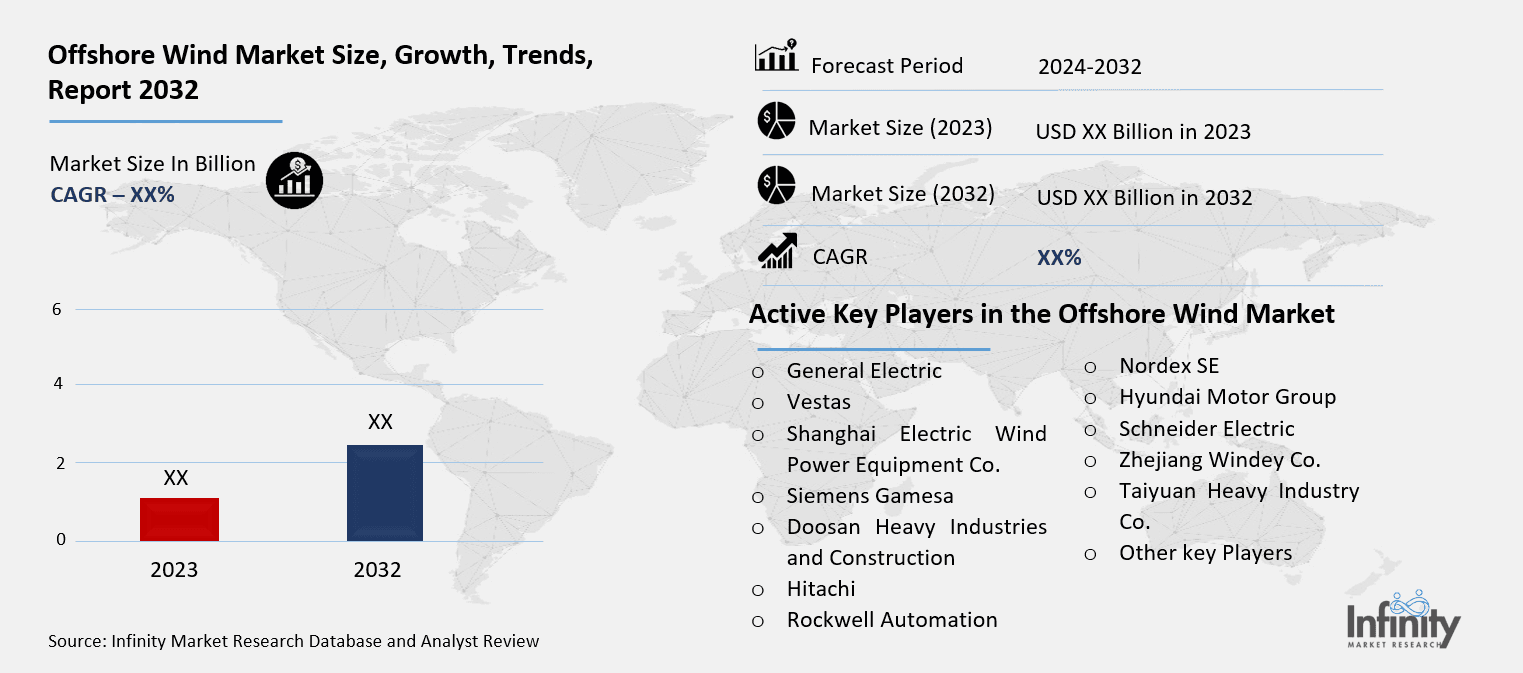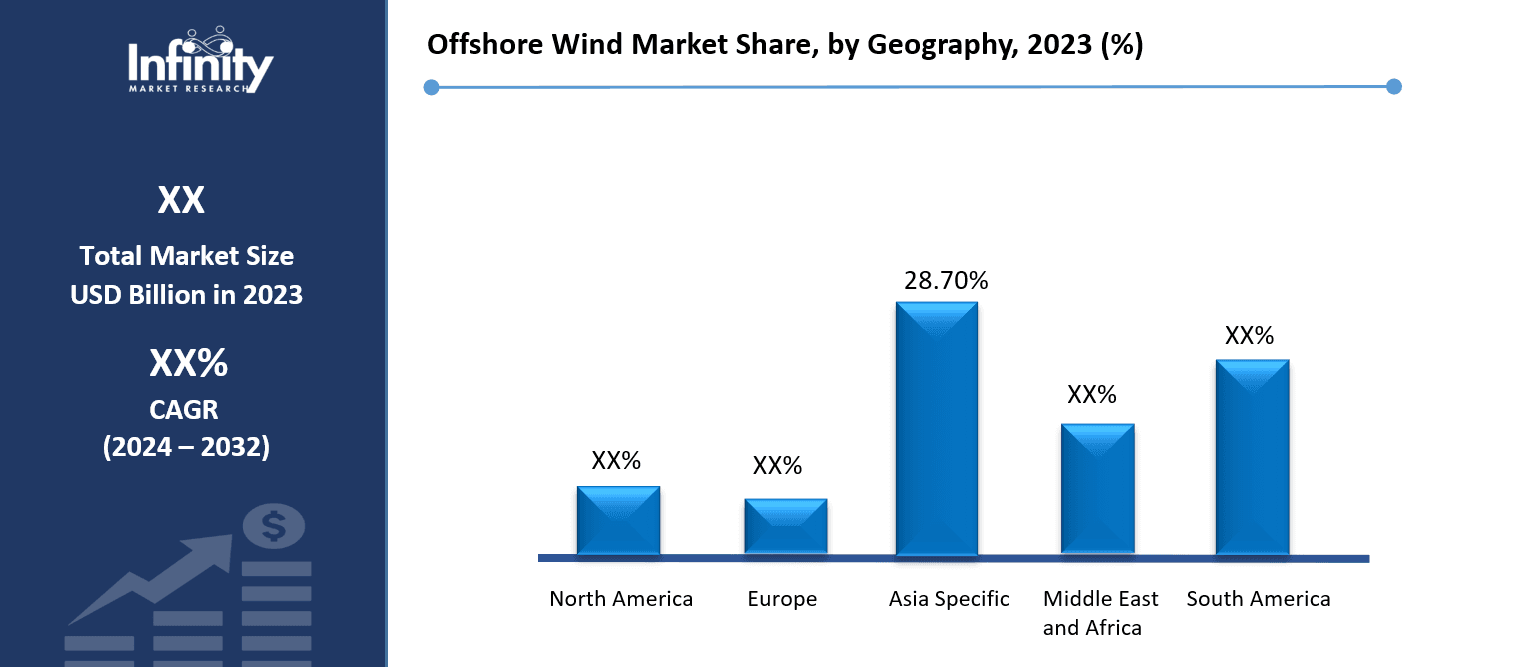
🔐 Secure Payment Guaranteed
Safe checkout with trusted global payment methods.
🌟 Why Choose Infinity Market Research?
At Infinity Market Research, we dont just deliver data — we deliver clarity, confidence, and competitive edge.
In a world driven by insights, we help businesses unlock the infinite potential of informed decisions.
Here why global brands, startups, and decision-makers choose us:
Industry-Centric Expertise
With deep domain knowledge across sectors — from healthcare and technology to manufacturing and consumer goods — our team delivers insights that matter.
Custom Research, Not Cookie-Cutter Reports
Every business is unique, and so are its challenges. Thats why we tailor our research to your specific goals, offering solutions that are actionable, relevant, and reliable.
Data You Can Trust
Our research methodology is rigorous, transparent, and validated at every step. We believe in delivering not just numbers, but numbers that drive real impact.
Client-Centric Approach
Your success is our priority. From first contact to final delivery, our team is responsive, collaborative, and committed to your goals — because you re more than a client; you re a partner.
Recent Reports
Global Myopia Control Lenses Market Report 2025-33
Hyaluronic Acid-based Dermal Fillers Market Report
Offshore Wind Market
Offshore Wind Market Global Industry Analysis and Forecast (2024-2032) By Installation (Fixed Structure, Floating Structure) By Capacity (Up to 3 MW, 3 MW to 5 MW, above 5 MW) By Water Depth (Shallow Water (<30 M Depth), Transitional Water (30-60 M Depth), Deepwater (More than 60 M Depth) and Region
Mar 2025
Energy and Power
Pages: 138
ID: IMR1860
Offshore Wind Market Synopsis
Offshore Wind Market research report acquired the significant revenue of XX Billion in 2023 and expected to be worth around USD XX Billion by 2032 with the CAGR of XX% during the forecast period of 2024 to 2032.
The worldwide demand for renewable energy sources and the necessity to lower carbon emissions have been driving notable expansion in the offshore wind business. As offshore wind turbine prices drop and technology develops, this industry has grown to be essential for the energy shift. Built in bodies of water like oceans and seas, offshore wind farms have various benefits over onshore wind farms including higher wind speeds, more energy generating capacity, and less land-use conflicts. Further driving the expansion of this industry are governments all around different areas implementing supportive laws and incentives to advance offshore wind energy.
Europe leads the market mostly since nations like the UK, Germany, and Denmark have been leading in building offshore wind farms. Long-term power purchase agreements, subsidies, and ambitions to decarbonize the electricity grid help to sustain offshore wind projects around Europe. With nations like the United States, China, and Japan spending extensively in offshore wind energy to satisfy their clean energy targets, the North American and Asia-Pacific areas are also seeing fast expansion in this sector. Particularly the United States has seen a boom in offshore wind projects around the East Coast as states like Massachusetts and New York seek to construct sizable wind farms.

Offshore wind energy generation has been much less expensive because to technological developments, which has made it more competitive than other renewable sources. New markets have been opened by developments in turbine design, floating wind farms, and installation methods, therefore increasing the possibility for offshore wind farms in deeper waters. For instance, floating wind turbines let installations in deeper seas where fixed-bottom turbines are not practical, therefore opening formerly unreachable areas. Furthermore predicted to improve the general dependability and profitability of these projects is the evolution of more effective transmission technologies for delivering electricity from offshore wind farms to the grid.
There are still various difficulties even if the market looks bright. Key challenges for the offshore wind business are high initial investment prices, logistical problems in offshore installation, and environmental concerns regarding the effect on marine ecosystems. Further obstacles to growth are regulatory complexity and the necessity of better infrastructure to support huge offshore wind farms. Nonetheless, the offshore wind market is predicted to expand quickly and become a main component of the worldwide energy mix in the next decades with ongoing technology developments, legislative backing, and cooperation between governments and private sector participants.
Offshore Wind Market Trend Analysis
Trend
Rising Capacity of Offshore Wind Turbines
The rising turbine capacity is among the most important developments in the offshore wind industry. Larger and more efficient turbines, which can generate more power while using less space, are made possible by technological developments allowing manufacturers to In places with lower wind speeds, where conventional turbines would find it difficult to produce ideal electricity, these next-generation turbines are especially beneficial. Because the rising efficiency and production of turbines lower the cost per megawatt of electricity generated, this evolution is making offshore wind energy more cost-competitive with traditional fossil fuels. Accelerating the acceptance of offshore wind as a main source of renewable energy depends much on this efficiency change.
Apart from bigger turbines, another transforming trend in development is floating wind turbine development. Installable in deeper seas where conventional fixed-bottom turbines are not practical, floating turbines are This invention opens access to large, hitherto untapped offshore wind resources, therefore greatly increasing the areas fit for wind farms. Rising geographic potential for offshore wind generation as floating wind technology develops allows one to collect wind energy in far-off sites where wind conditions are more regular and dependable. This technology is changing the offshore wind energy scene and opening fresh worldwide clean, sustainable power generating possibilities.
Opportunity
Technological Innovations in Turbine Design
A main driver of the offshore wind sector are technological developments in turbine design. Larger, more efficient turbines are greatly increasing the energy output of offshore wind farms, hence enhancing their competitiveness with conventional energy sources. These developments help to reduce the cost per megawatt, a crucial determinant of offshore wind energy's greater acceptance. Furthermore, the increasing turbine capacity helps wind farms to produce more power with less turbines, thereby lowering installation expenses and improving operational efficiency. Changing turbine designs help to make offshore wind power a more affordable and sustainable energy source as well as help to define it.
Apart from developments in turbine design, floating wind turbine technology is releasing fresh possibilities for offshore wind energy production. Operating in deeper waters, where conventional fixed-bottom turbines are not practical, floating turbines provide opportunity. This increases the worldwide offshore wind market to hitherto unexplored sites and creates enormous new regions for offshore wind farm development. Furthermore lessening the environmental and logistical difficulties of installation in deeper ocean waters is the deployment of floating wind farms. These developments, together with improvements in energy storage technology, should raise offshore wind energy's scalability, dependability, and competitiveness, so opening the path for faster market expansion in the next years.
Offshore Wind Market Segment Analysis
Offshore Wind Market Segmented on the basis of By Installation, By Capacity, By Water Depth.
By Installation
o Fixed Structure
o Floating Structure
By Capacity
o Up to 3 MW
o 3 MW to 5 MW
o Above 5 MW
By Water Depth
o Shallow Water (<30 M Depth)
o Transitional Water (30-60 M Depth)
o Deepwater (More than 60 M Depth)
By Region
o North America (U.S., Canada, Mexico)
o Eastern Europe (Bulgaria, The Czech Republic, Hungary, Poland, Romania, Rest of Eastern Europe)
o Western Europe (Germany, UK, France, Netherlands, Italy, Russia, Spain, Rest of Western Europe)
o Asia Pacific (China, India, Japan, South Korea, Malaysia, Thailand, Vietnam, The Philippines, Australia, New-Zealand, Rest of APAC)
o Middle East & Africa (Turkey, Bahrain, Kuwait, Saudi Arabia, Qatar, UAE, Israel, South Africa)
o South America (Brazil, Argentina, Rest of SA)
By Installation, Fixed Structure segment is expected to dominate the market during the forecast period
Fixed structures are the most commonly deployed type of offshore wind installation, particularly in shallow waters where the seabed provides sufficient support for the foundations. These installations generally use structures like monopile and jacket foundations, which offer both stability and cost-efficiency. Monopiles, typically large steel tubes driven into the seabed, are well-suited for relatively shallow water depths and are relatively easy to install, making them a popular choice. Jacket foundations, on the other hand, are more complex and are used for deeper shallow waters or areas where seabed conditions are less stable. The key advantage of fixed structures lies in their proven technology, which has been tested and refined over several years. They are known for their durability and ability to withstand harsh marine environments, making them particularly reliable and less prone to failure.
These fixed offshore wind farms are widely deployed in regions with continental shelves, such as Europe (especially the North Sea) and parts of Asia, where shallow waters and favorable seabed conditions make them the ideal solution for wind energy generation. The extensive use of fixed structures in these regions has led to a well-established supply chain and expertise in their installation and maintenance. As a result, these systems benefit from lower operational and maintenance costs compared to more complex technologies. Moreover, the stability and reduced risks of fixed foundations make them the preferred choice for nearshore projects, where they can be positioned within proximity to coastal areas, enabling easier grid integration and more reliable energy output.
By Water Depth, Shallow Water (<30 M Depth) segment expected to held the largest share
Shallow water installations are the most prevalent type of offshore wind projects due to their cost-effectiveness and ease of installation. These projects are typically constructed in water depths of up to 30 meters, where the seabed conditions are stable enough to support fixed structures like monopiles and jackets. The relatively shallow depths allow for simpler and quicker foundation installation, which lowers the overall project costs compared to deeper waters. Additionally, the logistics of construction, such as transporting materials and installing turbines, are more straightforward, reducing both time and expenses. This makes shallow water installations an attractive option for early-stage offshore wind development, especially in regions with favorable geographic conditions.
Regions like the North Sea, with its expansive shallow waters and favorable seabed characteristics, are home to many of the world's largest and most successful offshore wind farms. The relatively low water depths make it easier to anchor fixed structures securely, and the proximity to key markets in Europe allows for more efficient power transmission. Moreover, the shallow water environment offers predictable and consistent wind patterns, contributing to higher energy generation. As a result, shallow water installations are well-established in this region, and the technology continues to evolve, offering more reliable and cost-effective solutions for renewable energy generation.
Offshore Wind Market Regional Insights
Asia-Pacific is Expected to Dominate the Market Over the Forecast period
Driven by the strategic push toward carbon neutrality and the growing demand for sustainable energy sources, offshore wind energy is fast acquiring popularity in the Asia-Pacific area. Leading offshore wind capacity country China has developed aggressive expansion plans to confirm its leadership in the worldwide scene of renewable energy. With numerous major projects under progress, the country's great coastline offers great opportunity for offshore wind growth. Under laws and incentives meant to hasten the building of offshore wind farms, China's government is significantly supporting this industry. The nation's dedication to reach carbon neutrality by 2060 is driving this expansion even more since offshore wind turns into pillar of its renewable energy plan.
Significant progress in offshore wind development is also being made by other Asia-Pacific countries including Japan and South Korea Investing in offshore wind energy as part of its energy mix change is Japan, with its strong technological foundation and dedication to cut dependency on nuclear and fossil fuels. Aiming to greatly increase its offshore wind capacity in the next decades, South Korea is similarly concentrating on offshore wind technologies and infrastructure. Together with high population density and a strong demand for sustainable energy, these initiatives help to prepare the area for explosive offshore wind capacity development. With ongoing government support and international cooperation, the Asia-Pacific offshore wind market is predicted to grow to be among the top worldwide participants in the renewable energy change
Offshore Wind Market Share, by Geography, 2023 (%)

Active Key Players in the Offshore Wind Market
o General Electric
o Vestas
o Shanghai Electric Wind Power Equipment Co.
o Siemens Gamesa
o Doosan Heavy Industries and Construction
o Hitachi
o Rockwell Automation
o Nordex SE
o Hyundai Motor Group
o Schneider Electric
o Zhejiang Windey Co.
o Taiyuan Heavy Industry Co.
o Other key Players
Global Offshore Wind Market Scope
|
Global Offshore Wind Market | |||
|
Base Year: |
2023 |
Forecast Period: |
2024-2032 |
|
Historical Data: |
2017 to 2023 |
Market Size in 2023: |
USD XX Billion |
|
Forecast Period 2024-32 CAGR: |
XX% |
Market Size in 2032: |
USD XX Billion |
|
|
By Installation |
· Fixed Structure · Floating Structure | |
|
By Capacity |
· Up to 3 MW · 3 MW to 5 MW · Above 5 MW | ||
|
By Water Depth |
· Shallow Water (<30 M Depth) · Transitional Water (30-60 M Depth) · Deepwater (More than 60 M Depth) | ||
|
By Region |
· North America (U.S., Canada, Mexico) · Eastern Europe (Bulgaria, The Czech Republic, Hungary, Poland, Romania, Rest of Eastern Europe) · Western Europe (Germany, UK, France, Netherlands, Italy, Russia, Spain, Rest of Western Europe) · Asia Pacific (China, India, Japan, South Korea, Malaysia, Thailand, Vietnam, The Philippines, Australia, New-Zealand, Rest of APAC) · Middle East & Africa (Turkey, Bahrain, Kuwait, Saudi Arabia, Qatar, UAE, Israel, South Africa) · South America (Brazil, Argentina, Rest of SA) | ||
|
Key Market Drivers: |
· Government Commitment to Reducing Carbon Emissions | ||
|
Key Market Restraints: |
· High Initial Capital Investment in Offshore Wind Projects | ||
|
Key Opportunities: |
· Technological Innovations in Turbine Design | ||
|
Companies Covered in the report: |
· General Electric, Vestas, Shanghai Electric Wind Power Equipment Co., Siemens Gamesa, Doosan Heavy Industries and Construction, Hitachi, Rockwell Automation, Nordex SE, Hyundai Motor Group, Schneider Electric, Zhejiang Windey Co., Taiyuan Heavy Industry Co. and Other Major Players. | ||
📘 Frequently Asked Questions
1. What would be the forecast period in the Offshore Wind Market research report?
Answer: The forecast period in the Offshore Wind Market research report is 2024-2032.
2. Who are the key players in the Offshore Wind Market?
Answer: General Electric, Vestas, Shanghai Electric Wind Power Equipment Co., Siemens Gamesa, Doosan Heavy Industries and Construction, Hitachi, Rockwell Automation, Nordex SE, Hyundai Motor Group, Schneider Electric, Zhejiang Windey Co., Taiyuan Heavy Industry Co. and Other Major Players.
3. What are the segments of the Offshore Wind Market?
Answer: The Offshore Wind Market is segmented into By Installation, By Capacity, By Water Depth and region. By Installation, the market is categorized into Fixed Structure, Floating Structure. By Capacity, the market is categorized into Up to 3 MW, 3 MW to 5 MW, Above 5 MW. By Water Depth, the market is categorized into Shallow Water (<30 M Depth), Transitional Water (30-60 M Depth), Deepwater (More than 60 M Depth). By region, it is analyzed across North America (U.S.; Canada; Mexico), Eastern Europe (Bulgaria; The Czech Republic; Hungary; Poland; Romania; Rest of Eastern Europe), Western Europe (Germany; UK; France; Netherlands; Italy; Russia; Spain; Rest of Western Europe), Asia-Pacific (China; India; Japan; Southeast Asia, etc.), South America (Brazil; Argentina, etc.), Middle East & Africa (Saudi Arabia; South Africa, etc.).
4. What is the Offshore Wind Market?
Answer: The offshore wind market is the sector aimed at producing renewable energy by means of wind turbine development, installation, and operation in bodies of water usually on the continental shelf. These offshore wind farms rely on wind speed generally higher and more consistent than on land to generate a consistent source of energy. The market covers turbine manufacture, building of infrastructure including substations and transmission lines, and continuous facility maintenance. Particularly in areas with strong coastal winds and the area for large-scale energy production, offshore wind energy is a major component in worldwide attempts to switch to clean, sustainable energy sources.


🔐 Secure Payment Guaranteed
Safe checkout with trusted global payment methods.
🌟 Why Choose Infinity Market Research?
- Accurate & Verified Data:Our insights are trusted by global brands and Fortune 500 companies.
- Complete Transparency:No hidden fees, locked content, or misleading claims — ever.
- 24/7 Analyst Support:Our expert team is always available to help you make smarter decisions.
- Instant Savings:Enjoy a flat $1000 OFF on every report.
- Fast & Reliable Delivery:Get your report delivered within 5 working days, guaranteed.
- Tailored Insights:Customized research that fits your industry and specific goals.




